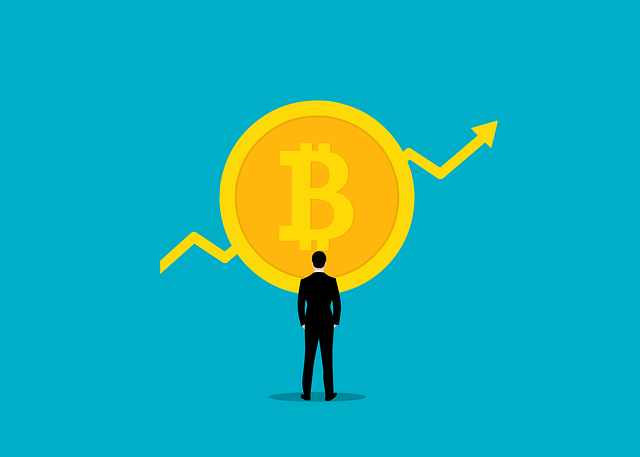Bitcoin is the original cryptocurrency, and despite the emergence of lots of innovative alternatives, it has not been toppled from the number one spot. This is because of the ingenuity of the design paired with the stability hard-coded into the Bitcoin network. This was done using various monetary policies, and one of them is Bitcoin halving.
This is a recurrent activity on the Bitcoin network, but it can be quite confusing to new crypto enthusiasts. In this guide, we’ll let you know what it is and the impact it has on the Bitcoin price in USD.
What is Bitcoin Halving?
Bitcoin halving is an event that occurs in the Bitcoin network where the price of mining a block is reduced by half at various intervals. The whole aim of this event is to reduce the rate at which new Bitcoins enter the market, and this plays a crucial role in preventing inflation and preserving the value of Bitcoin.
First, the Bitcoin network can only accommodate a finite number of coins, which is 21 million. About 93% of these have already been mined, but the rest will take over a hundred years before they are successfully mined. This is because the more Bitcoins are mined, the harder it becomes, and the lower the rewards. The last Bitcoin block is expected to be mined in the year 2140 when the 32nd halving will occur.
How does Bitcoin Halving Work?
Everything that happens on the Bitcoin network was hard-coded by the mysterious Satoshi Nakamoto. This includes halving, so it doesn’t need any third-party or central authority. Bitcoin miners aren’t involved either.
As Bitcoin transactions occur, the network groups them into blocks. And when a block is complete, the rewards are released to the various miners who helped mine the block. The network then keeps count of the blocks, and when 210,000 of them are successfully mined, the price for mining is cut in half. This happens approximately every four years.
When Bitcoin was launched in 2008, the price paid to miners for successfully validating a block was 50 BTC. However, within four years, 210,000 blocks had already been mined, and the price became 25 BTC. In 2016, another halving occurred, bringing the price to 12.5 BTC. The third halving then took place in 2020, making the price for successfully mining a block 6.25 BTC. These halvings are expected to continue in 2024, 2028, and 2032, up to the 32nd one in 2140. This means that it is expected that Bitcoin mining will continue for the next 116 years, and from there, validators will only be awarded using transaction fees.
Impact of Halving on Bitcoin Mining
Bitcoin uses a proof-of-work (PoW) consensus mechanism to validate transactions. Here, various nodes (miners) compete to solve complex mathematical problems and are then rewarded with new Bitcoins. However, as Bitcoin mining continues, solving these problems becomes much harder. And on top of that, the rewards are reduced by halving.
Bitcoin miners have therefore adapted in a bid to maintain profitability. Now, they use very powerful mining equipment and often pool together to increase processing power and their chances of successfully mining a block. However, the increased difficulty has forced some miners to exit as you need to have powerful equipment and offset the high costs of power, which is quite expensive.
How Bitcoin Halving Affects the Bitcoin Price
The principle behind halving is supply and demand. Since the supply of new Bitcoin is reduced, inflation is prevented, and value is maintained. However, whether halving leads to an increase in the price of BTC has always been a point of debate. This is because the previous halvings haven’t led to conclusive evidence, although the general consensus is that the price usually increases.
In 2012, during the first halving, the price of one BTC shot up from $12 to $1,032 (more than 8,500%) in less than a year. In the second one, Bitcoin experienced a free fall for a few weeks, but this was followed by another exponential rise. The third one came at a time when the crypto market was experiencing a crash, which made it difficult to understand the real impact of the halving. However, Bitcoin was trading for around $8,787 per BTC on the day of the halving, and it soared to a high of around $66,000 18 months later. The next halving is expected to take place around April 2024, and the general belief is that this will lead to a rise in the Bitcoin price.

